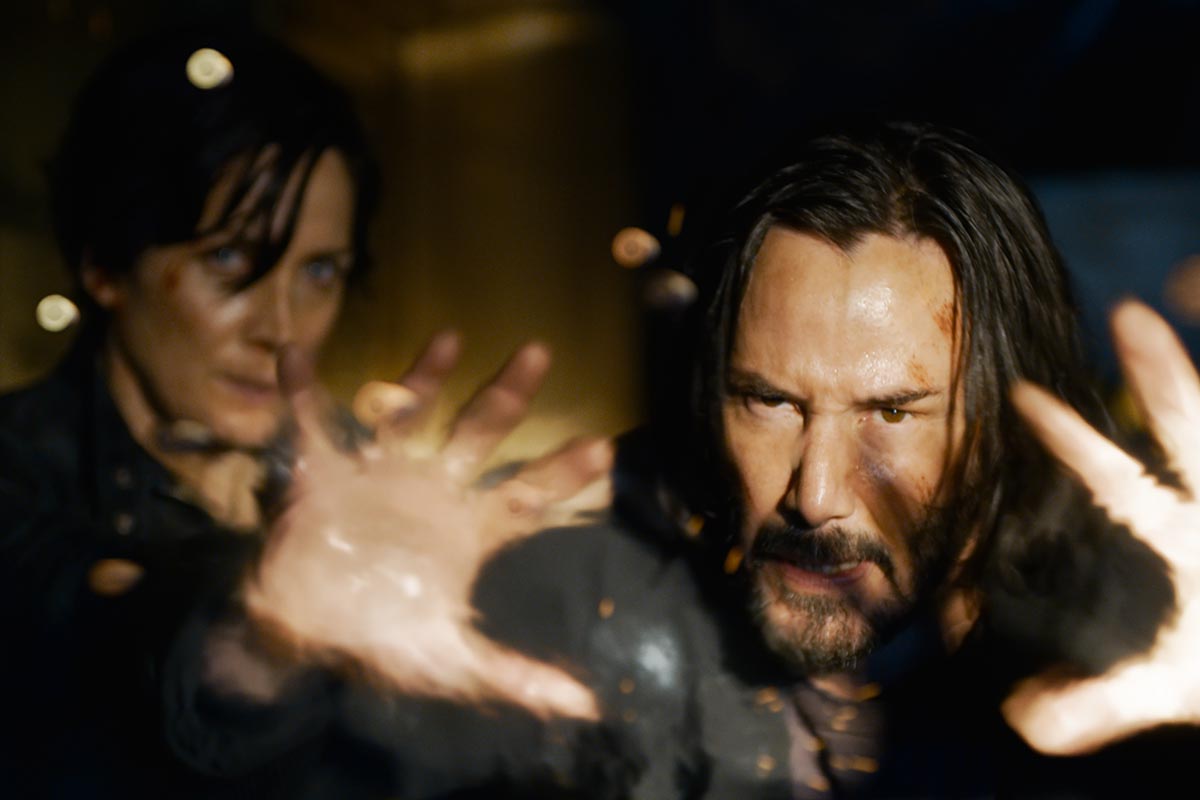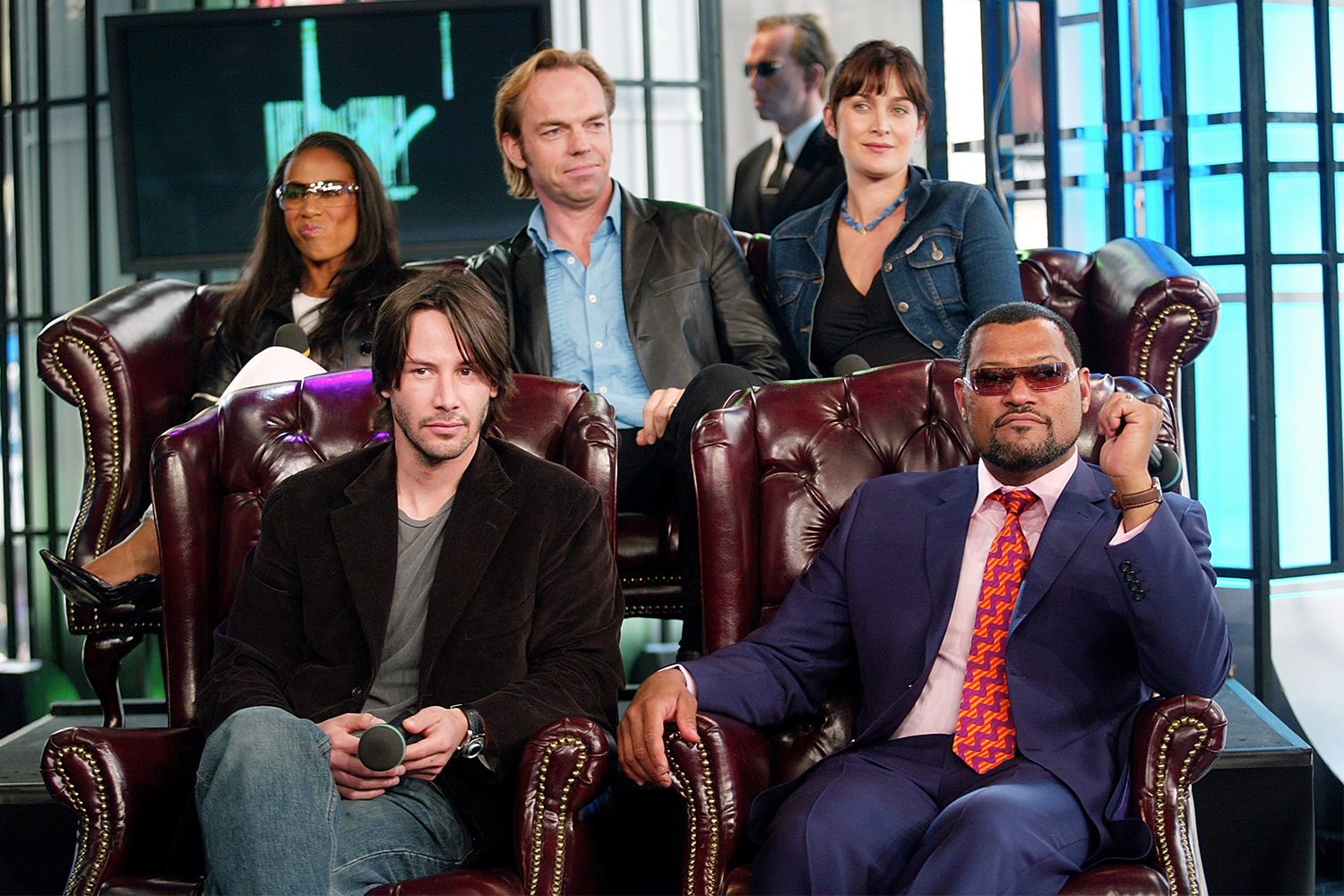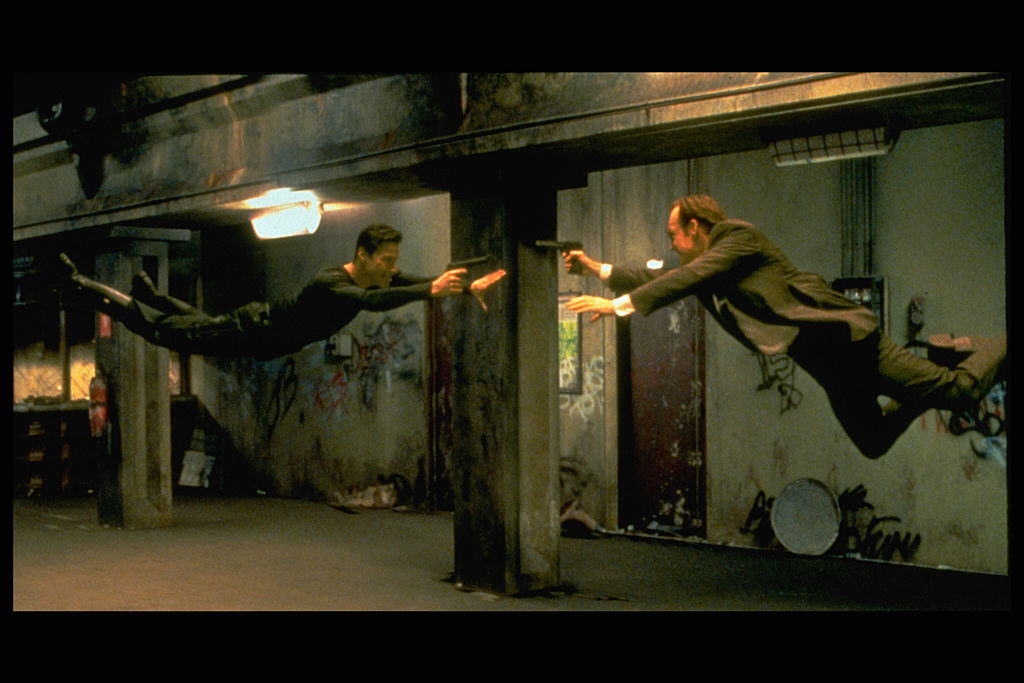Editor’s note: Spoilers ahead. You’ve been warned.
I recently re-watched The Matrix — the original and groundbreaking 1999 sci-fi movie that unfortunately spawned all talk of red pills — on my iPad during a rather terrible plane flight (that early Wachowski film was actually one of the more recent titles available on the in-flight service — what’s going on, Delta?).
Anyway, the original holds up, even in less-than-ideal conditions. Outside of the some dated technology — primarily dial-up modems — the film feels prescient and the special effects still elicit wows.
That said, I haven’t watched the sequels since 2003, and I really saw no need for any continuation of the franchise. It was groundbreaking when it came out, and then it was simply ground down by confusing and forgettable follow-ups.
Out now in theaters and on HBO Max (where I saw it), The Matrix Resurrections isn’t necessary, but it does feel like a proper course correction, akin to X-Men: Days of Future Past or the meta-horror Wes Craven’s New Nightmare (which The Ringer also noted in their review). It works best when it evokes and comments on the original film; the nods to entries two and three, meanwhile, constitute a rather forgettable middle half of the film.
But before that middling, uh, middle, the new Matrix (now directed solo by Lana Wachowski) spends the first third of its run time setting up the idea that we don’t need another Matrix film. It does this under the guise of placing Thomas Anderson/Neo (Keanu Reeves) as a video game creator of a best-selling franchise called … The Matrix. The best early scenes, a few of which are laugh-out-loud funny, find a haggard Anderson forced to produce another title in a series he wanted to leave while a focus group tries to pin down what made the original Matrix so special (“bullet time” comes up a lot). It’s incredibly meta to a Dan Harmon degree; Anderson’s boss (Jonathan Groff) even mentions that a fourth Matrix entry is the demand of Warner Bros. and it’s going to be made with or without its creator.
Still, you can’t build an entire film out of referencing or commenting on memorable moments from prior films. Eventually, we have fight scenes — the train one is a standout — motorcycle chases, a trip to an underground city, and a lot of new characters who are either related, updated or reminiscent of former characters (Morpheus and Agent Smith are now, interestingly, one, and combined delightfully by Yahya Abdul-Mateen II).
I’m certainly in for a rewatch, but a few moments that stand out, good and bad:
- It’s nice to see Neil Patrick Harris back in a sci-fi role — I’ll stan for Starship Troopers as a genre classic — here playing a psychiatrist for Mr. Anderson (and as a lot more than that, because this is The Matrix and nothing is what it seems).
- I noticed this while rewatching the first film and the new one; this is maybe the most diverse and interesting cast in a sci-fi movie series ever. It’s a good time to mention that, for some, the series universalizes a trans experience. (Side note: in the new film, Anderson, in his video game creator guise, is working on a new title called Binary, which can be taken several ways.) Series co-creator and co-director of the first three Matrix films Lilly Wachowski has noted in the past that “there’s a critical eye being cast back on Lana and I’s work through the lens of our transness. This is a cool thing because it’s an excellent reminder that art is never static. And while the ideas of identity and transformation are critical components in our work, the bedrock that all ideas rest upon is love.”
- That’s a good quote to remember when you realize this amazingly diverse set of characters pretty much end up risking their lives to get Neo and Trinity (Carrie-Anne Moss) together. That’s rather traditional, but then again, Reeves and Moss are fantastic and have earned so much goodwill that it feels natural for the film to center on their reunion.
- I’d say watch this in a movie theater, because some of the special effects felt a little off on my big-screen TV. Of course, your current comfort level in attending a crowded theater should be taken into consideration.
- The addition of author David Mitchell (Cloud Atlas) to the screenwriting team appears to have helped; for both the callbacks and big new ideas here, everything coalesces better than Matrix films two and three.
In the end, I feel like any further continuation of The Matrix after this film should happen in a different format; I’d love to see a limited series, for instance, akin to HBO’s Watchmen (this happened to a degree already with 2003’s The Animatrix, an excellent collection of animated short films by different artists that all take place within the universe of The Matrix). Given that the Matrix can be rebooted and repurposed (or re-programmed) in an infinite number of ways, there’s plenty of room for new characters and the stories they have to tell.
And that’s the most pleasant surprise with The Matrix Resurrections: it’s not a perfect film, but it left me wanting to see more. Pretty good for a flick that spends a lot of time convincing us it shouldn’t exist at all.
This article appeared in an InsideHook newsletter. Sign up for free to get more on travel, wellness, style, drinking, and culture.
























